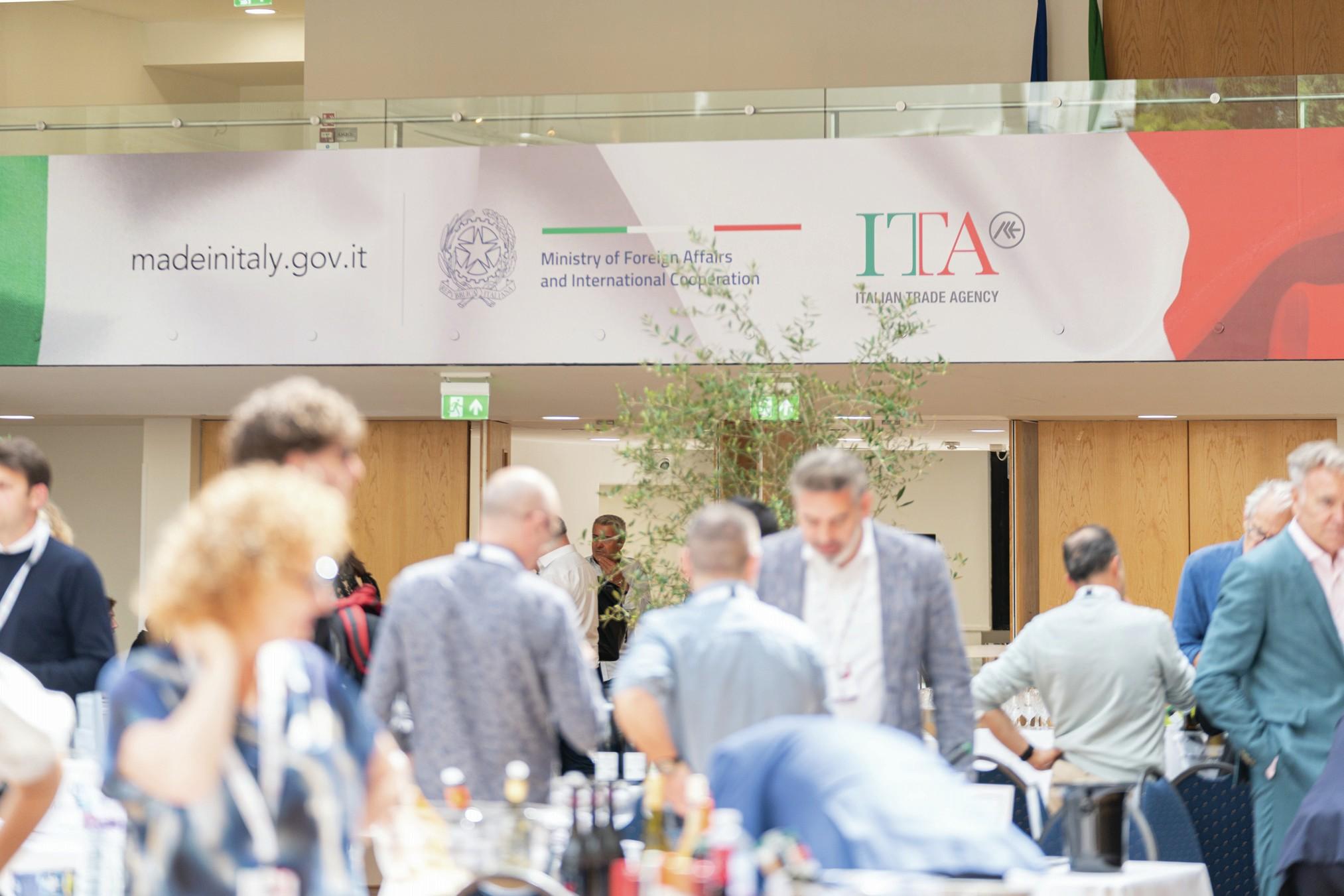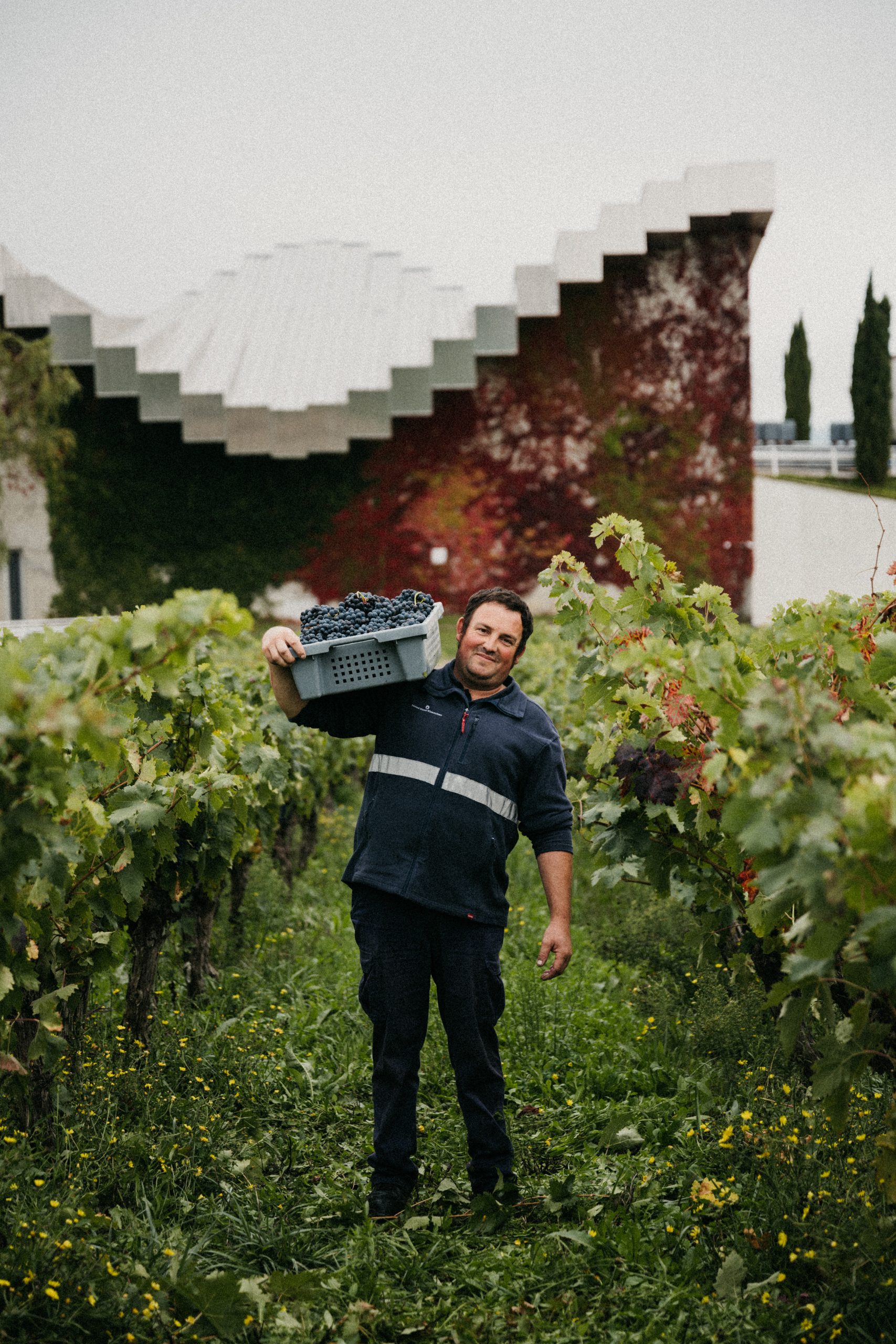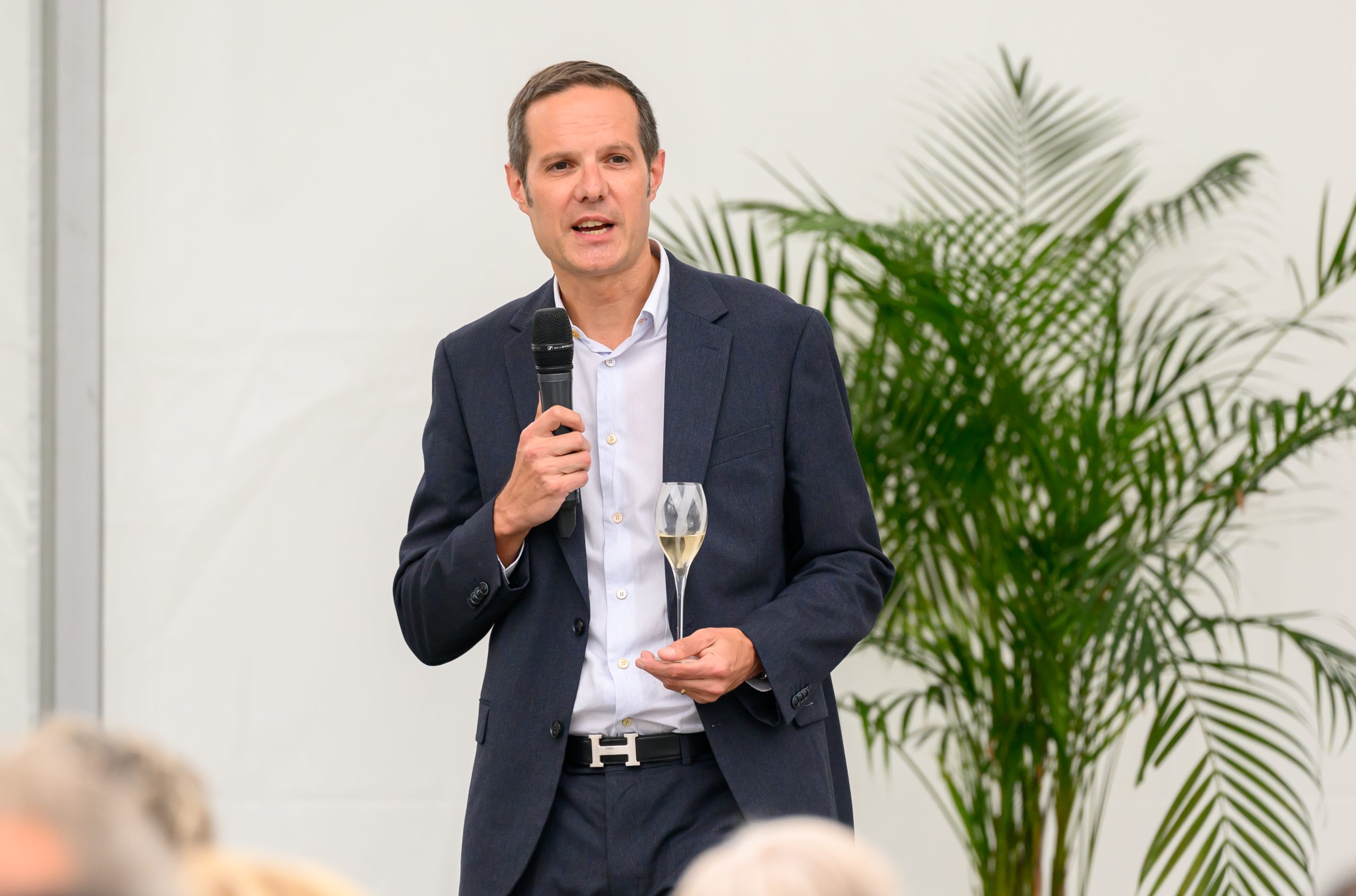Wine On The Wild Side
Will WOSA’s wildlife campaign go over the heads of most UK consumers? Not if they’re spending more than £5 a bottle, goes the argument. Patrick Schmitt dons his pith helmet to report from the UK wine jungle
You can’t please all the people all the time as the saying goes, and there is nothing like a generic campaign to divide opinion. However, get it right, and there’s proof a united effort to promote any one region or country can be highly effective. Think of the recent work by Wines of Chile, or the longrunning crusade by Côtes du Rhône. Both can take a bow when market data is discussed, or consumer reaction amassed, as their role in developing a clear position for their respective regions has been effective in this crowded market.
Concerted effort
Of course, the strength of leading brands can distort the results of a concerted and united push, but in almost all retail environments, wine is arranged by region, and consumers are hugely influenced by reputation and image when deciding whether to head to “Spain”, “California” or “Burgundy”.
So what’s the latest plan for South Africa? After much consideration the country has settled on a USP with which to market its wines. It has decided to talk up the Cape’s recordbreaking biodiversity, because if the land can support such varied plant life, it can also produce a vast array of wine styles. This diversity is connected to South Africa’s assorted and ancient soils, as well as its range of microclimates. And these changing habitats, one could say, act as colourful markers of highly heterogeneous terroirs.
Nurture with nature
So how will it work in practice? Well, WOSA has for some time been gathering a database of consumers’ e-mail addresses and will be telling the biodiversity story using a monthly e-letter. The generic body will also be holding instore advertising campaigns, using the strapline Variety Is In Our Nature. Expect to find header boards in major supermarkets with lush plantbased imagery and leaflets outlining why South Africa’s unique biodiversity proves there is great potential for wine variety. Tastings too, of premium wines from different regions, will illustrate such claims. The theme will also be extended to WOSA’s roadshows, and to reinforce the plant-based message, sampling may take place in sites such as garden centres. For the trade, the campaign will culminate in a Wine Diversity Conference at Cape Wine next year.
Alternative approach
However, not everyone in the wine industry is entirely convinced by the approach, mostly because they feel the message is not mainstream enough. In other words, the new campaign has the scope to reposition South Africa as a serious and premium wine producer, but will it help increase the country’s market share in the UK?
One South African brand owner in particular would like to see a more lifestyle-based approach, something a little more popular in its positioning. “We still have a lot to do with the South African category in the UK. We are not at the finishing gate yet and we feel the flora and fauna campaign, albeit of mild interest to people, is not sufficiently compelling, and not lifestyle enough, to capture the consumer’s imagination when it comes to South Africa,” says Greg Wilkins, director, Brand Phoenix.
But, for WOSA’s marketing director, Sophie Waggett, a broader lifestyle route will mean pitching South Africa “directly against Australia and California” and, as she says, “At a time of fierce competition it is important that we have a distinctive message for the South African category – no other wine producing country can make the same claims about their wine regions [in terms of soils and species diversity].” Similarly, Nikki Fletcher PR and events manager, Thierry’s, believes the message offers “a real alternative to the ‘bland brand’” when it comes to other countries, while Bruce Jack, owner and winemaker, Flagstone Winery, believes the biodiversity initiative “is the best thing that has happened to our industry since Nelson Mandela was released”.
Dream holiday
Nevertheless, Steve Barton, director, Brand Phoenix, would like to see other ways of exploiting what he describes as “the real energy behind South Africa”. As he says, “It is a magnificent, ever-growing niche, too specialist.” However, it should be noted that the biodiversity initiative is, in fact, designed to support and develop a premium image for South Africa, not to shift bulk wines. It is in line with South Africa’s attempts to push wines at price points above £5 and WOSA is happy to admit that the biodiversity campaign offers no quick fix, but, it is hoped, a long-term method to build sustainable wine sales. Furthermore, the consumer at these higher price points is able to handle a more academic, indepth message.
Intellectuals
Partner Content
“We are aiming to build growth in the £5-plus market – an audience with a higher demographic profile. Our research suggests this is a more educated sector and they will be receptive to a more intellectual message.”
Likewise, as Jack points out, the diversity of South Africa’s soil can hinder profitability. He suspects any wine selling for below £4.29 is not a long-term sustainable proposition. But, Barton is still bothered by the approach, arguing, “WOSA is actually pursuing a policy of fairly marginal market share. The level of price discounting and the polarisation of consumers towards more recognisable wines makes it very hard for more premium players to enter the market, which is consolidating at a pace. If Australia didn’t have an underbelly of mass-market, everyday, consistent volume wines then premium players wouldn’t have stood a chance of even getting into the market.” As Wilkins adds, “We would like to see specific activity about how good the mainstream South African brands are and about how good the premium South African wines are.”
Hard nut to crack
Furthermore, when it comes to the biodiversity message as a mechanic to highlight the regional variation, Barton says, “the French have managed to crack the regional route over centuries of exporting wine. Australia, with a 22% market share, 20 years plus in the UK market, some magnificent brands and three of the biggest companies on the planet, can’t crack the regional route.”
In other words, he believes a simpler message would be more suitable for a country whose wines are still relatively new to the UK consumer.
On the other hand, Waggett makes the point that, “The biodiversity positioning, at consumer level, will be all about execution. Yes the message is highbrow on some levels, but it can be executed in an accessible way for consumers of all demographics. They just need to understand the salient points of the positioning and how it affects them.”
Su Birch, WOSA’s CEO, supports the suggestion. “It is as valid for mass brands as for premium brands. It doesn’t position South Africa as expensive, but as interesting and relevant to today’s lifestyles,” she argues.
Waggett also comments that the new strapline for South Africa is about “the huge diversity of range available”, which “is something exciting in our world of homogenised products today … while there is a strong argument for the naturalness aspect in this era of additives, unhealthy diet and the resulting illnesses”.
She sums up, “It is true that the campaign may not bite ‘tomorrow’ and for those questioning the compelling and motivational aspects we accept we may not achieve dramatic results in the short term. But what we are building is far more powerful in that it establishes the ‘correct’ image of our wines for years to come.”
CONSERVATION If
there’s already a positive aspect to South Africa’s biodiversity initiative it is its effect in recognising the value of the Cape Floral Kingdom and, in some cases, conserving it. Ironically perhaps, the very industry now claiming to benefit from South Africa’s biodiversity, the wine business, is also threatening it as some of South Africa’s most imortant and vulnerable natural habitats are in areas targeted for vineyard expansion. However, the biodiversity and wine initiative has involved a partnership between the South African wine industry and the conservation sector to minimise further loss to natural habitats such as Renosterveld and lowland Fynbos. Furthermore, farmers are being educated as to what natural vegetation exists on their farms, whether it is threatened, how it aids sustainable production and how to manage it.
As Kate Doyle, corporate communications manager at Edward Cavendish & Sons, KWV’s UK agent, says, “The biodiversity initiative is a unique and intelligent approach by the wine community because not only does it capitalise on South Africa’s unique biodiversity but it also encourages working with nature to the benefit of all.” Flagstone Winery’s Bruce Jack goes further, saying, “South Africa is again leading the way when it comes to our inherent responsibility to our planet. We were also the first and only country ever to dismantle and destroy an atomic bomb. Perhaps as a psychological backlash to colonialism and apartheid we are taking our role on this earth more seriously than most.”
SOME OF THE FACTS TO BE PROMOTED:
• The Cape is a global epicentre for biodiversity
• South Africa has the most ancient viticultural soils in the world, at around one million years old
• The Cape Floral Kingdom contains 9,600 plant species, the smallest and richest in the world. There are more plants than in the entire northern hemisphere and more plant species on Table Mountain alone than in the UK
• The Cape Floral Kingdom is a world heritage site and a conservation hotspot
• The footprint of the Cape Floral Kingdom almost identically matches the area of the winelands • All 9,600 varieties are adaptations to nutritionally poor soils and unique microclimates
• The world’s first ever Wine Diversity Conference will take place at Cape Wine 2006 (April 4-6)
• Variety Is In Our Nature” is the chosen strapline for WOSA’s new campaign




